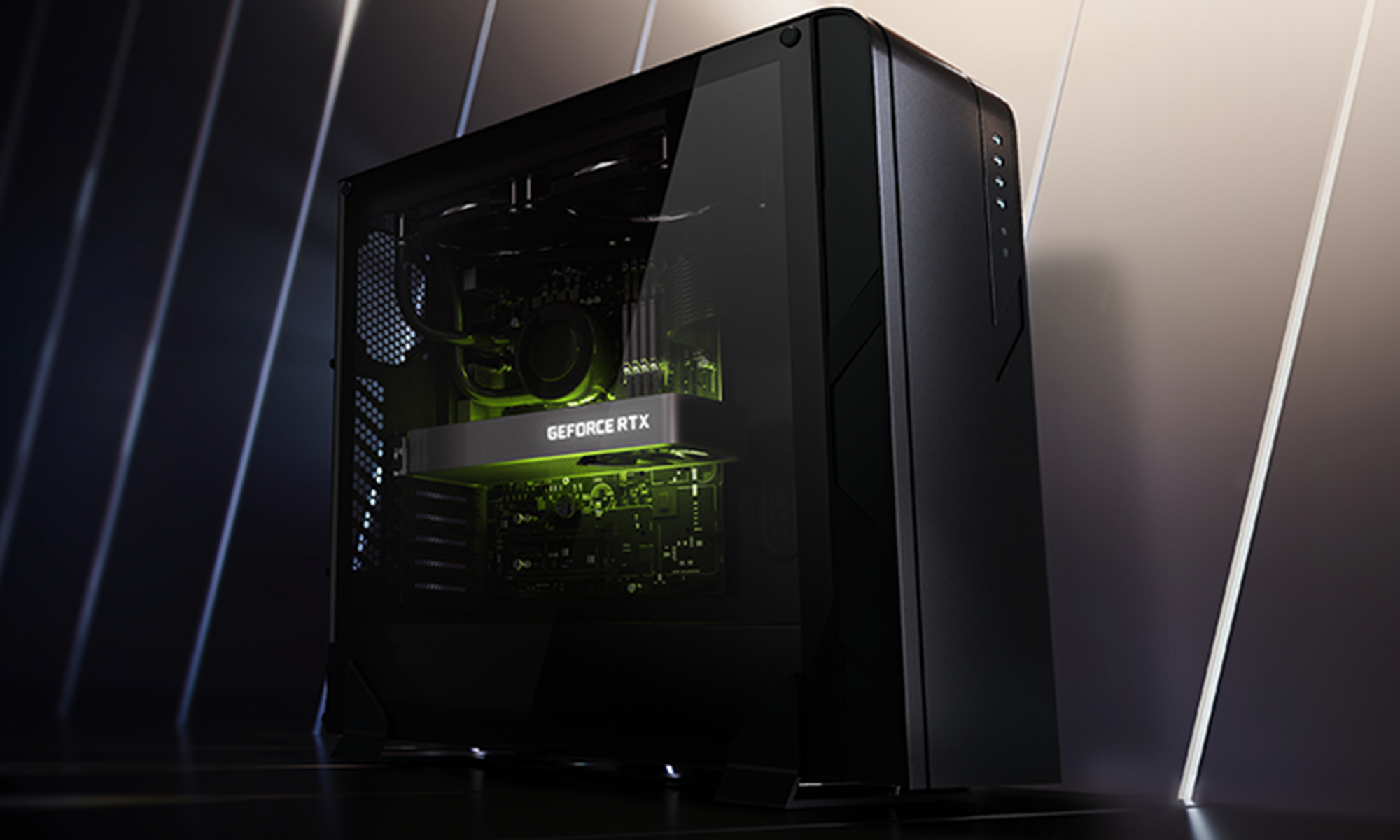It's hard to find predictions from 2015 about how big Nvidia (NVDA 1.55%) would be 10 years in the future. I suspect, though, that few expected the company would sport a valuation of roughly $4.4 trillion back then. However, that's what Nvidia's market cap is today after a staggering gain of over 35,000%.
I don't expect Nvidia will keep that growth rate going over the next 10 years. However, here's my prediction of how much the GPU maker's stock could surge by 2035.

Image source: Nvidia.
A wildly optimistic scenario
Before I get to my prediction, let's look at a wildly optimistic scenario for Nvidia. James Anderson, a technology investor and former partner at investment management company Baillee Gifford, thinks it's possible that the company could be worth nearly $50 trillion by 2035.
Granted, Anderson explained to the Financial Times last year that he wasn't predicting Nvidia would actually grow that much. He thought the probability of the company's market cap approaching $50 trillion was between 10% and 15%.
How could Nvidia possibly accomplish this feat? All that needs to happen is for artificial intelligence (AI) to provide significant value for customers and for Nvidia to hold onto its lead in AI chip technology, according to Anderson.
If Anderson is right, the numbers work. Real growth in AI chip demand has been at least 60% annually. If Nvidia continues to enjoy that level of growth with similar profit margins it's had in the past, its share price could trade at roughly $20,000 in 2035 (without adjusting for potential stock splits). That translates to a market cap in the ballpark of $49 trillion.
My more grounded yet still bullish prediction
I emphatically do not predict that Nvidia's valuation will be around $50 trillion in 2035. Why? I don't think AI chip revenue will continue to grow at the same rate over the next 10 years as it has in recent years.
However, I'm nonetheless bullish about Nvidia's prospects. I fully expect Anderson's two prerequisites for phenomenal growth will be met. AI should provide a high return on investment for customers in the future. Nvidia will also likely remain the top player in AI chips.
Despite the somewhat lackluster debut of AI agents so far, I believe we'll see significant improvements over the next few years. My hunch is that agentic AI will ultimately deliver on its promise, with organizations that use the technology realizing huge operational improvements.
Multiple companies have developed AI chips. But I think Nvidia's pace of innovation will enable it to stay ahead of the pack. And with potential advances in achieving artificial general intelligence (AI), the demand will be greatest for the most powerful chips.
With this in mind, an average annual growth rate of 20% seems realistic for Nvidia. I predict that if the stock delivers that level of growth over the next 10 years, the company's market cap will be around $27 trillion by 2035. This reflects share price appreciation of over 500%.
How this prediction could be wrong
I'll readily admit that my prediction could be blown to smithereens. There are two most likely ways it could happen.
First, AI growth could slow significantly. Generative AI could already be reaching its limits. Future AI advances could only be incremental, with dreams of AGI in the near-term evaporating.
Second, Nvidia's edge over the competition could diminish. Even if the company continues to claim the greatest market share, other AI chips could become more cost-effective. It's not hard to envision a situation where Nvidia's margins erode as it is forced to compete more on the price of its chips.
Can Nvidia still deliver solid returns for investors over the next 10 years if either of these two scenarios occurs? Sure. However, the company wouldn't be anywhere close to a $27 trillion business by 2035.
Still, I don't think my prediction is stepping too far out on a limb. We'll just have to wait a while to find out if I'm right.






